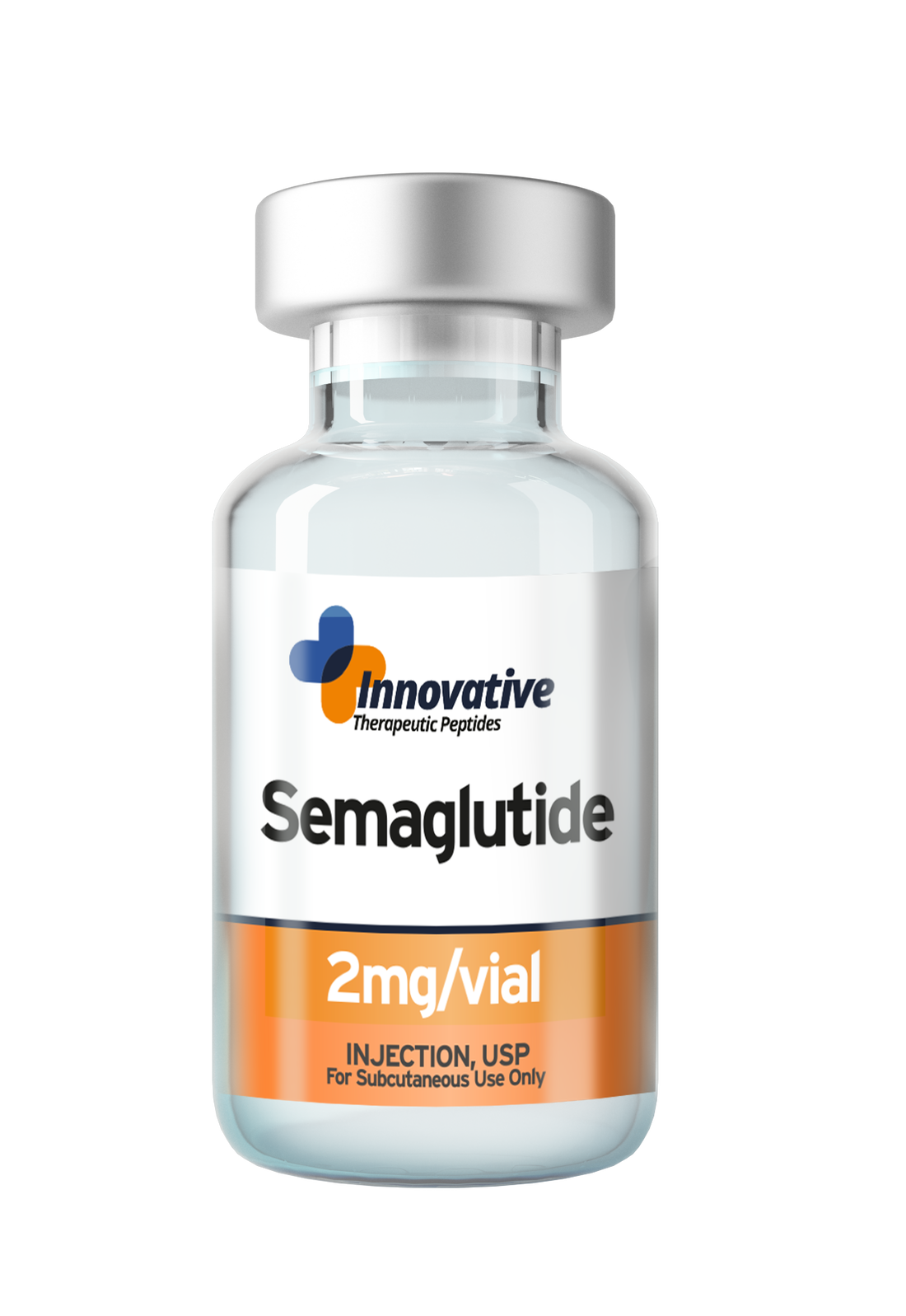It is widely established that type 2 diabetes has abnormalities in peripheral insulin sensitivity and secretion. The sulfonylurea (SU) medications, the first therapy focused on inadequate insulin secretion, are currently used to treat β-cell dysfunction. However, because these substances stimulate insulin production independently of blood sugar, they may result in hypoglycemia. Additionally, the capacity of sulfonylureas to trigger insulin secretion declines over time, perhaps reflecting a decline in β-cell activity. These factors highlight the need for new therapeutic research to address the β-cell defect component of type 2 diabetes.
The characteristics mentioned above of GLP-1, such as the stimulation of insulin secretion in a glucose-dependent manner and the increase of β-cell mass, along with the inhibition of glucagon secretion and food intake, imply that it would significantly enhance existing β-cell therapies. Through intravenous and subcutaneous injection, GLP-1 has been proven in studies to enhance overall glycemic control in diabetes patients by promoting insulin production, preventing stomach emptying, lowering circulating glucagon, and inhibiting gastric emptying.
GLP-1 therapy has two main limitations: how it is administered through injection and how quickly it deactivates in the bloodstream. Two effective methods have been used to solve the problem of fast inactivation. The first involves the creation and application of GLP-1 analogs that are resistant to dipeptidyl peptidase IV (DP-IV)-mediated proteolytic cleavage. Many pharmaceutical firms are testing their GLP-1 analogs in various models, including people. The second tactic entails inhibiting the DP-IV enzyme directly. DP-IV inhibition has been demonstrated to prolong the effects of GLP-1, enhance glycemia in diabetic models, and postpone the onset of diabetes.
Despite the potential of both approaches, some challenges still exist. This enzyme cleaves several biologically active peptides with various biological activities, such as glucagon, vasoactive intestinal peptide, glucose-dependent insulinotropic polypeptide, neuropeptide Y, and substance P. For example, it is unclear what long-term effects such a therapy would have.
It is unlikely that GLP-1 therapy will become widely accepted in the diabetes community if efficient oral medications are available. But ultimately, a tiny molecule with some or all of native GLP-1's characteristics is expected to be created. Understanding how GLP-1 regulates insulin secretion can help with this process.

